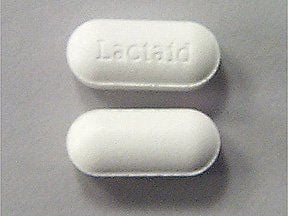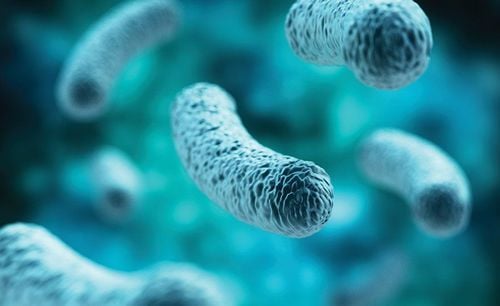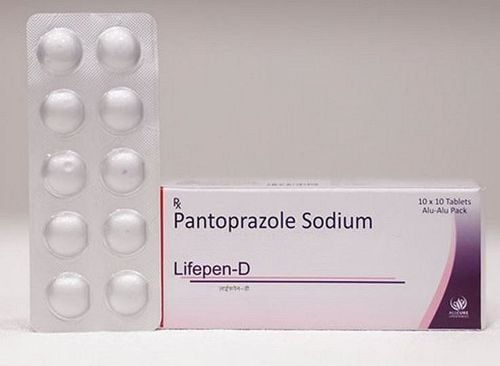This is an automatically translated article.
Lactose intolerance in general and in children in particular has many causes. One of the biggest causes is a deficiency of the enzyme lactase in the body. Lactase is an enzyme produced by the body in the small intestine that helps the body digest and break down the lactose consumed from milk. Statistics show that most babies are born with the ability to absorb lactose, but 75% of the global population experiences a decrease in the enzyme lactase from about 2 years old to 12 years old.
1. Causes of Lactose intolerance in children
1.1 Lactase deficiency Lactose intolerance occurs when the small intestine does not produce enough Lactase to break down Lactose. Normally, lactase works by breaking down absorbed lactose into two simpler sugars, glucose and galactose, which can be absorbed into the bloodstream through the lining of the intestines.
Lactase deficiency will cause undigested lactose to move into the colon without undergoing metabolism and absorption. In the colon, when bacteria interact with undigested lactose, it will cause signs and symptoms of lactose intolerance such as diarrhea, nausea, and digestive disorders.

Tiêu chảy là triệu chứng của bệnh không dung nạp Lactose
1.2 Damage to the Small Intestine This cause of lactose intolerance occurs when the small intestine in a child gradually reduces the production of the enzyme intoxication after going through a period of illness, injury or bowel surgery. Diseases that damage the small intestine leading to lactose intolerance include intestinal infections, Celiac disease, bacterial overgrowth, or Crohn's disease. Treatment of these agents can help restore essential lactase levels and improve signs and symptoms of lactase intolerance. However, it can take a long time for the body to fully restore and rebalance lactase.
1.3 Congenital This cause is possible but statistically very rare. Congenital Lactose Intolerance is when a baby is born with a lactose deficiency. This disorder can be passed down from generation to generation in a pattern of inheritance called autosomal recessive inheritance.
This happens when both parents pass on the same gene variant to the child. In addition, premature babies are also more likely to have congenital lactose intolerance because the body does not produce enough Lactase.
2. Signs to recognize when children are intolerant of Lactose
The telltale signs of lactose intolerance usually begin to manifest 30 minutes to two hours after eating or drinking milk and dairy products. Common signs commonly seen include:
Diarrhea Nausea and vomiting Abdominal pain and stomach cramps Bloating Farting
3. Solutions for children with lactose intolerance

Sữa chua có thể giúp trẻ tiêu hóa dễ hơn
Some children can still use small amounts of dairy foods, especially in combination with meals. Certain dairy products such as hard cheese or yogurt can be easier for babies to digest. Babies can also use lactase supplements to enhance the absorption of lactose when using milk.
In addition, there are many alternatives that have been sold in the market such as lactose-free milk, or some other foods containing full nutrition from Calcium and Vitamin D that can completely replace raw milk for example. eg:
Almonds Legumes Kale Soy milk Fatty fish such as salmon, tuna, mackerel Eggs Beef liver If a child has signs and symptoms of Lactose intolerance, parents need to Take the child to consult a doctor, from there to an effective and correct eating plan for the child.
Customers can directly go to Vinmec Health system nationwide to visit or contact the hotline here for support.
Reference articles from www.mayoclinic.org and www.webmd.com













